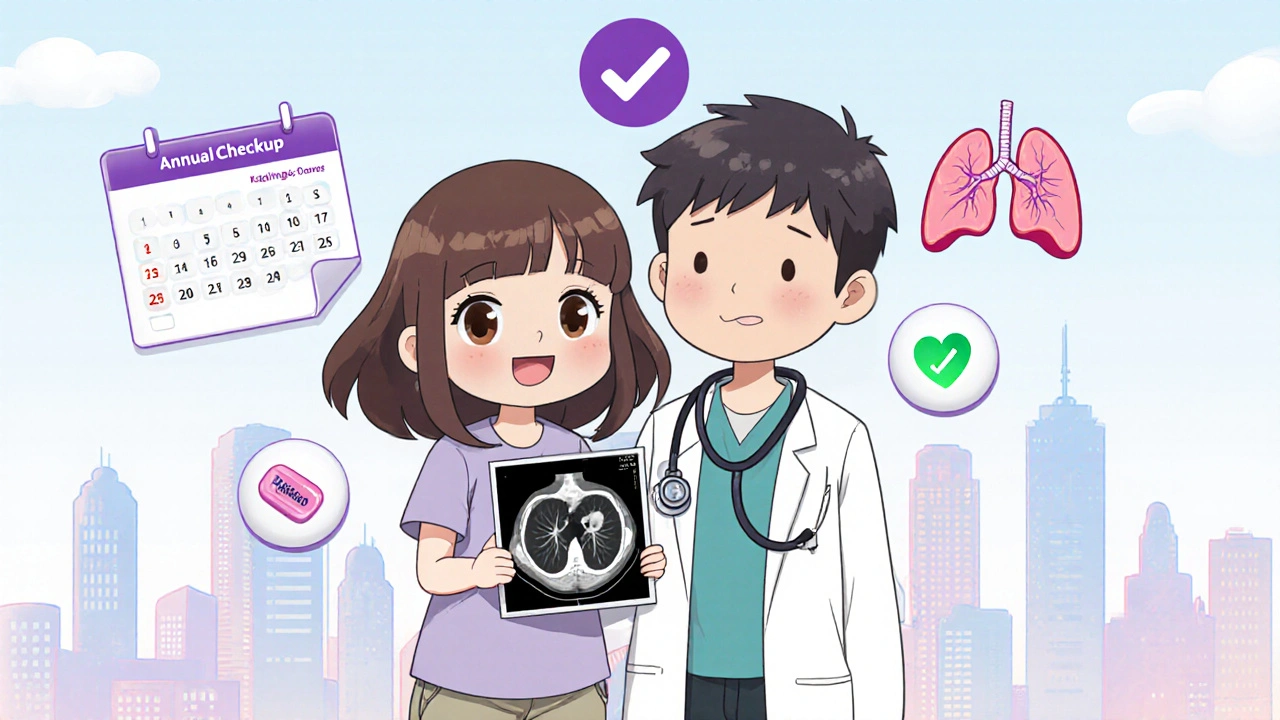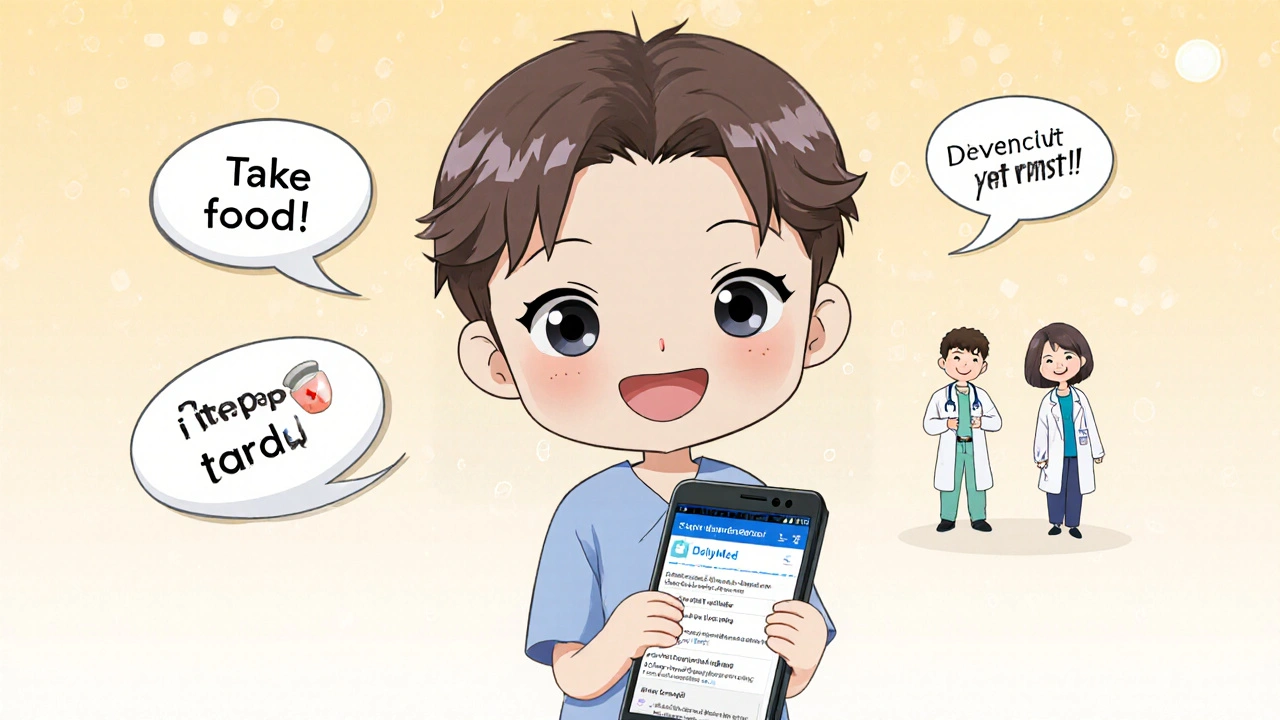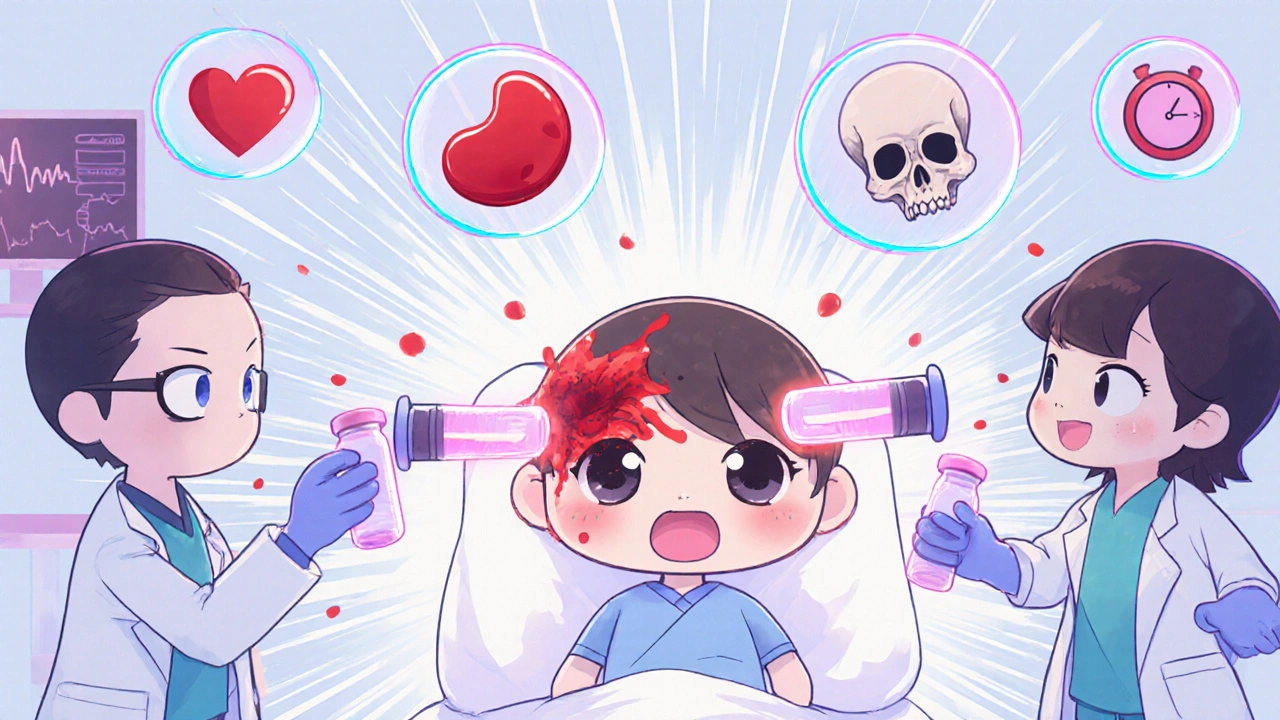LDCT: What It Is, Why It Matters, and How It Changes Lung Cancer Screening
When it comes to catching lung cancer before it spreads, LDCT, a low-dose computed tomography scan designed specifically for lung cancer screening. Also known as low-dose CT scan, it’s not just another imaging test—it’s the only screening method proven in large trials to reduce lung cancer deaths in high-risk adults. Unlike regular chest X-rays, LDCT takes detailed 3D pictures of your lungs using a fraction of the radiation of a standard CT scan. It doesn’t need needles, fasting, or prep—just a quick 10-second breath hold. The goal? Find tumors early, when they’re small and still treatable.
LDCT doesn’t work for everyone. It’s targeted at people with a history of heavy smoking, typically those aged 50 to 80 who’ve smoked at least 20 pack-years (that’s one pack a day for 20 years, or two packs a day for 10 years) and either still smoke or quit within the last 15 years. This group makes up the majority of lung cancer cases. For them, annual LDCT scans can cut the risk of dying from lung cancer by up to 20%, according to the National Lung Screening Trial. That’s not a small win—it’s life-changing. But LDCT also finds things that aren’t cancer: benign nodules, scar tissue, or inflammation. That’s why follow-up protocols matter. Not every spot needs surgery. Many are watched over time with repeat scans, avoiding unnecessary procedures.
LDCT is part of a bigger picture. It connects to early detection, the strategy of finding disease before symptoms appear, which is why it’s often paired with smoking cessation programs. Quitting smoking after starting LDCT still lowers cancer risk. It also ties into cancer prevention, efforts to stop cancer before it starts, because catching it early means less aggressive treatment and better survival. And while LDCT is focused on lungs, the data it collects—like heart calcification or emphysema—can reveal other health risks, making it a hidden window into overall wellness.
You won’t find LDCT in every doctor’s office. It’s mostly offered through hospitals, specialized clinics, or community health programs that follow USPSTF or NCCN guidelines. Insurance usually covers it for qualifying patients, but you need a referral. If you think you’re eligible, ask your doctor—not wait for symptoms like coughing, weight loss, or chest pain. By then, it’s often too late. The real power of LDCT isn’t in the machine. It’s in the decision to get screened. And that’s something you can control.
Below, you’ll find real-world guides on how LDCT fits into broader medication safety, patient monitoring, and chronic disease management. From understanding scan results to navigating follow-up care, these posts help you make smarter choices with your health.





